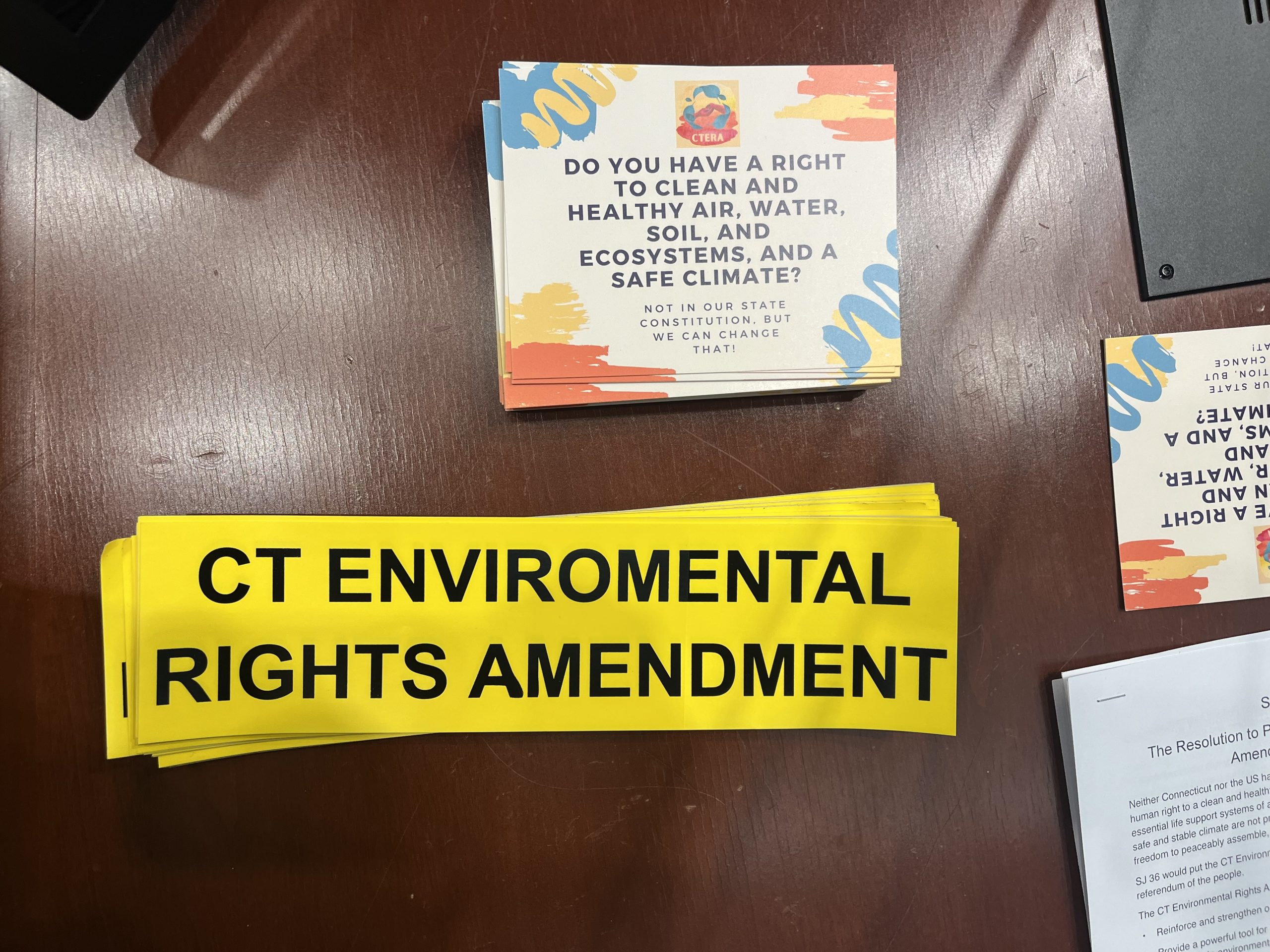Green Rights: How Environmental Safeguards Defend Our Fundamental Freedoms

In an era of rapidly changing environmental policies and diminishing federal protections, Connecticut's residents stand at a critical crossroads. Now, more than ever, it is essential to empower local communities to take an active role in safeguarding our natural resources and preserving the environmental integrity of our state.
As federal regulations continue to be scaled back, the responsibility of environmental stewardship increasingly falls on the shoulders of individual citizens and local governments. Connecticut has long been a leader in environmental consciousness, and this moment calls for renewed commitment and grassroots action.
By providing citizens with the knowledge, tools, and legal frameworks to protect their local ecosystems, we can create a powerful network of environmental guardians. From protecting water resources to preserving green spaces and reducing carbon footprints, every community member has the potential to make a meaningful difference.
The time for passive observation has passed. Today, we must transform environmental protection from a distant policy into a local, personal mission—ensuring a sustainable and healthy future for generations to come.
